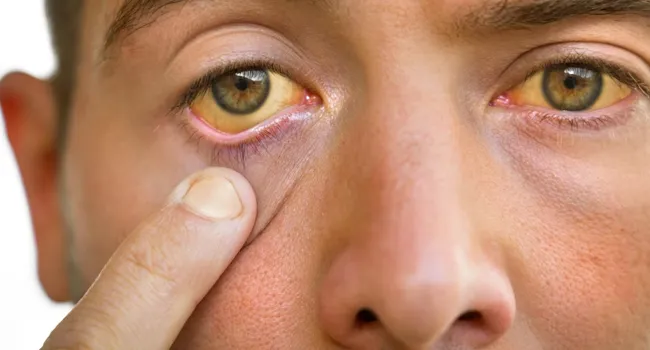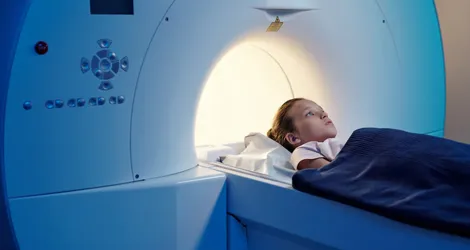Overview
Pancreatic cancer starts in the pancreas, a gland in your belly that helps with digestion. Common symptoms are nausea, bloating, tiredness, yellowing of the skin and eyes (jaundice), and loss of appetite. Treatment options include surgery, chemotherapy, and radiation therapy. Survival rates for pancreatic cancer are low because it is hard to find the disease early.

Pancreatic cancer happens when cells in the pancreas change and grow too fast, forming a tumor. The pancreas is a gland located in your belly, sitting between your stomach and spine. It plays two big roles: making hormones that help control your blood sugar and producing enzymes that help you digest food. Most pancreatic cancers begin in the ducts of the pancreas, especially in the main duct called the duct of Wirsung, which links the pancreas to the common bile duct.
One of the biggest challenges with pancreatic cancer is that early tumors usually do not show up on imaging tests. Because of this, many people are not diagnosed until the cancer has already spread to other parts of the body. Pancreatic cancer also tends to resist many common cancer treatments, which makes it very hard to manage. Scientists are working on ways to catch the disease earlier using genetic testing and better imaging tools, but there is still a lot to figure out.
Pancreatic tumors are grouped into two main types based on where they start and the kind of cells they grow from. Knowing the type of tumor is important because it helps doctors decide the best way to treat it. The two main types are exocrine tumors and neuroendocrine tumors.
- Exocrine Tumors: Exocrine tumors make up more than 90% of all pancreatic tumors. The most common type is adenocarcinoma, which starts in the cells that line the organs.
- Neuroendocrine Tumors (NETs): Neuroendocrine tumors are less common, making up less than 10% of cases. These tumors are also called islet cell carcinomas.
Several factors can raise the chances of developing pancreatic cancer. Some are related to lifestyle choices, while others are linked to inherited traits. Understanding these risk factors can help with early detection and possibly prevention.
- Smoking: Smoking is one of the strongest risk factors for pancreatic cancer. People who smoke are more likely to develop this disease compared to those who do not.
- Type 2 Diabetes: Having type 2 diabetes, especially for many years, can slightly raise the risk of pancreatic cancer. It is not clear if diabetes causes cancer or if both share common risk factors.
- Chronic Pancreatitis: Long-term inflammation of the pancreas, known as chronic pancreatitis, can increase the risk. This condition often causes lasting damage to the pancreas over time.
- Family History of Genetic Changes: Certain inherited DNA changes can raise the risk of pancreatic cancer. These include mutations in genes like BRCA2, conditions like Lynch syndrome, and familial atypical multiple mole melanoma (FAMMM) syndrome.
- Family History of Pancreatic Cancer: Having close family members, such as a parent or sibling, with pancreatic cancer can also increase a person's chances of getting the disease.
- Obesity: Being very overweight is another factor linked to a higher risk of pancreatic cancer. Extra weight may cause changes in the body that encourage cancer growth.
- Older Age: Age plays a big role. Most people diagnosed with pancreatic cancer are older than 65, although it can happen at younger ages in rare cases.
- Heavy Alcohol Use: Drinking a lot of alcohol over time can damage the pancreas and lead to chronic pancreatitis, both of which are linked to a higher risk of pancreatic cancer.





















